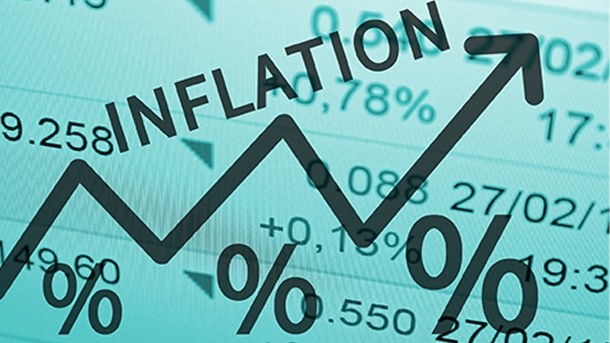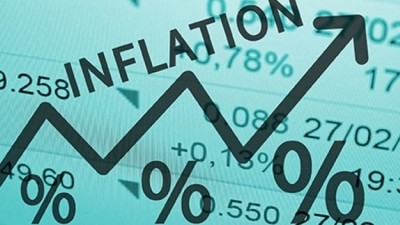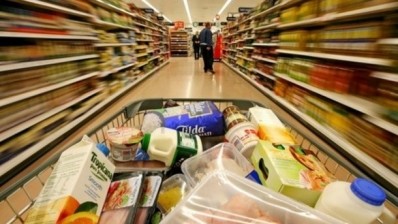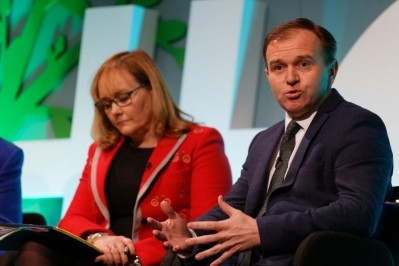Food inflation set to return in 2017

Inflationary pressures in food and drink will result from imported raw material costs and other rising costs being fed through into the price of food on sale in supermarkets.
The Consumer Price Index (CPI) rose by 1.2% in the year to November 2016, compared with a 0.9% rise in the year to October. It was the highest since October 2014, when the CPI rose by 1.3%.
Although rises in the prices of clothing, motor fuels and a variety of recreational and cultural goods and services were the main contributors to the increase in the rate reported by the ONS, most industry commentators expected food prices to rise over the coming year.
This followed the fall in value of the pound against the euro and US dollar after last June’s Brexit vote.
Intense competition
While intense competition between supermarkets has led to them putting pressure on their suppliers to absorb rising input costs, there have been high profile attempts by some multinational branded food manufacturers – such as Unilever, PepsiCo and Birds Eye – to pass on costs. Others are expected to follow.
Although these attempts to raise prices have met with mixed success, the pressure on the multiples to accept – and pass on – further costs to consumers is growing.
It seems inevitable, unless suppliers receive some relief in the form of the pound’s value rising against the euro and dollar, currencies in which commodity ingredients are traded.
The ONS reported that the largest downward pull on inflation in November 2016, and for 2016 as a whole, came from prices for food and non-alcoholic beverages.
Prices in all other broad categories rose in the year to November. The ONS added that transport prices had created a downward pressure during 2015 and early 2016 but had since become the largest upward pressure.
Deflationary trend
Figures from the ONS also showed the deflationary trend for food and non-alcoholic beverages had begun to reverse from the figures reported in November 2015 to November 2016. Meanwhile, the price of transport is set to rise further, as oil exporting countries attempt to push up the price of fuel.
With food and non-alcoholic beverages, “prices, overall, increased by 0.4% this year compared with 0.1% a year ago, leading to a small upward contribution to the change in the rate”, reported the ONS.
The main upward effects came from “bread and cereal products such as garlic bread and pizza; and milk, cheese and eggs, particularly milk and yogurt/fromage frais. These were partly offset by a small downward effect from confectionery”, it added.
It has been reported that a number of economists, including those at the Bank of England, have warned that inflation was likely to rise to about 3% in 2017.















